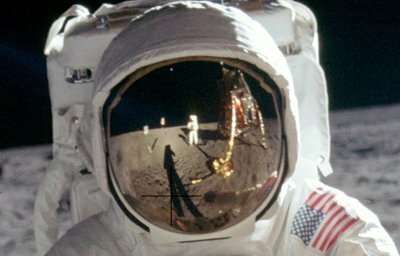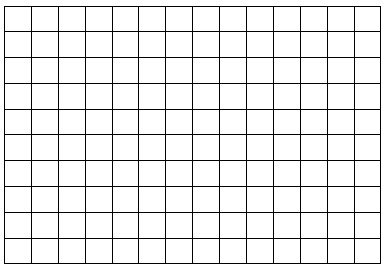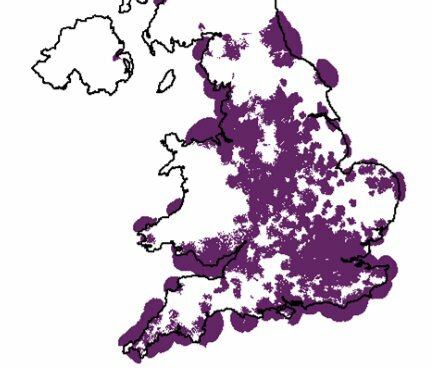Is it true that the brain learns English and maths similarly?
Languages and maths! Which one would you choose to learn? Most of you would probably answer, "I am awesome at both, OR I am terrible at both!" You probably recall yourself and a past classmate and think: Yes! That appears to be the case! Current study indicates that this is most likely the case: most people are either powerful at both or could be better at both. But why is this so? Could our brains behave similarly when performing arithmetic and learning a new language?
IQ and general intelligence studies have revealed some behavioural links between studying maths and language. Why this is the case is an essential question that remains unanswered. Stillesjö and colleagues attempted to answer this question in a recent research.
Languages may be acquired in two ways: actively and passively. Assume you wish to learn a new term in a foreign language, such as "Ketab" (the Persian word for book). Passive learning occurs when the word pair [Ketab - book] is exposed to you frequently, such as when cooking supper and listening to a Farsi-English podcast. When you sit in a Farsi language class and recover the meaning of "Ketab" again, look it up in a dictionary, compose sentences with it, and so on, you engage in active learning. Active learning involves being exposed to the Ketab-Book pairing and actively using the two terms. Of course, active and passive language acquisition can occur concurrently, are not limited to vocabulary, and can occur in other aspects of language such as grammar, spelling, etc.
Maths is one example of active and passive learning in a domain other than language. You might learn how to answer a maths issue by following proven, step-by-step formulae (passive) or attempting to solve the problem yourself (active).
The study explored if learning arithmetic and language included comparable or dissimilar brain activity. To address this, they ran two experiments on high school students:
Experiment 1: vocabulary acquisition
Experiment 2: maths instruction
According to the findings, at least six brain regions respond to active learning in both arithmetic and language. This demonstrates that our brains behave similarly when learning a language and studying maths. These brain regions are comparable, and the pattern of activity in each area when learning arithmetic and language is also similar. The experiment was a success!
To return to our original issue, what makes people excellent or awful at arithmetic and language simultaneously? Because both activate identical brain regions, we now have a perfect explanation supported by biological data.








